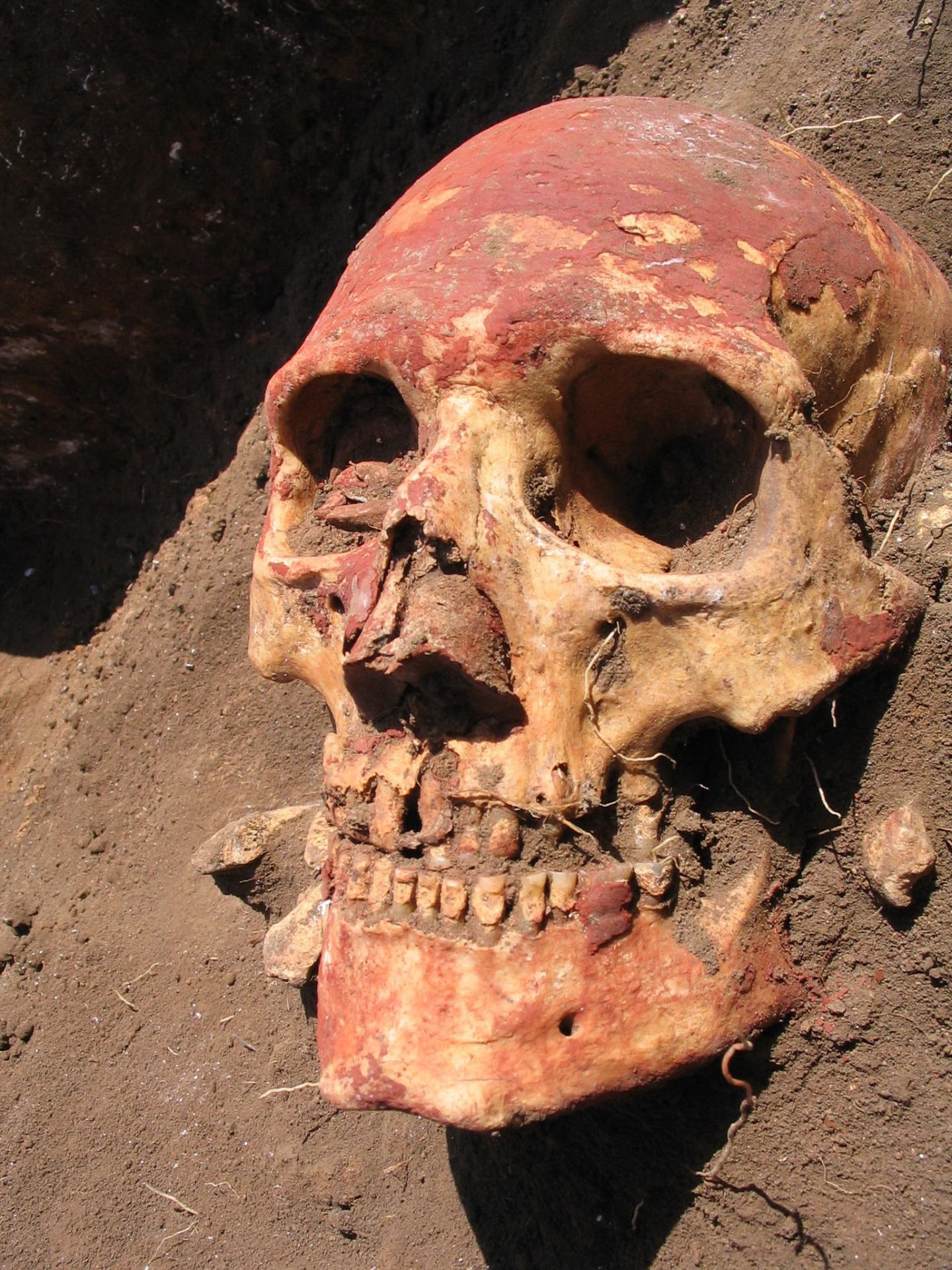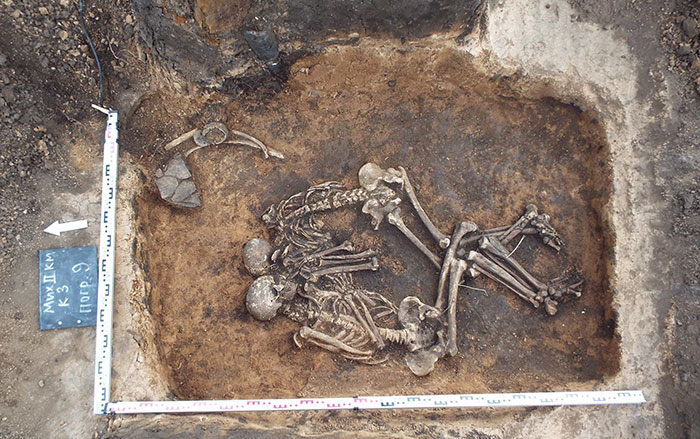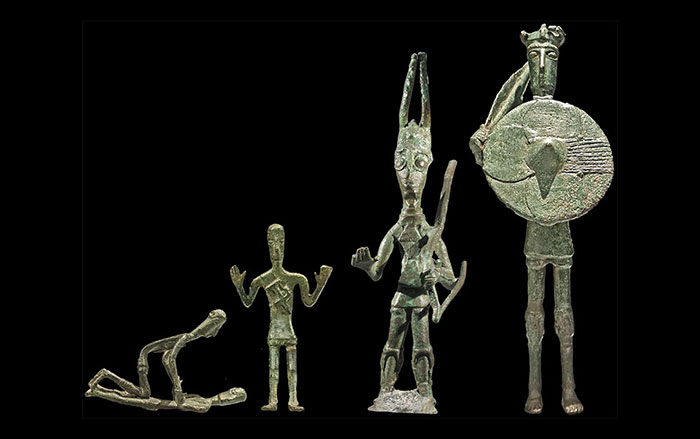
COPENHAGEN, DENMARK—Yersinia pestis, the bacteria that causes plague, has been detected in DNA obtained from Bronze Age tooth samples by a team of scientists led by Eske Willerslev, then of the University of Copenhagen. It had been unclear if Y. pestis could have caused epidemics such as the Plague of Athens 2,500 years ago, and the Antonine Plague in the second century A.D., because traces of the bacterium had not been found in bones older than 1,500 years. Now Willerslev, Kristian Kristiansen of the University of Gothenburg, and their colleagues think that Y. pestis infection may have prompted large-scale migrations and population replacements in Europe and Asia during the Bronze Age. “Perhaps people were migrating to get away from epidemics or re-colonizing new areas where epidemics had decimated the local populations. Could it be, for example, that plague was present in humans already in these prehistoric times?” Moreten Allentoft of the University of Copenhagen asked in a press release. The team found that mutations in the bacterium’s DNA over time suggest it had evolved into a flea-borne mammalian pathogen by the beginning of the first millennium B.C., when history records the outbreak of virulent plagues. To read about evidence for a more recent outbreak, go to "A Parisian Plague."











